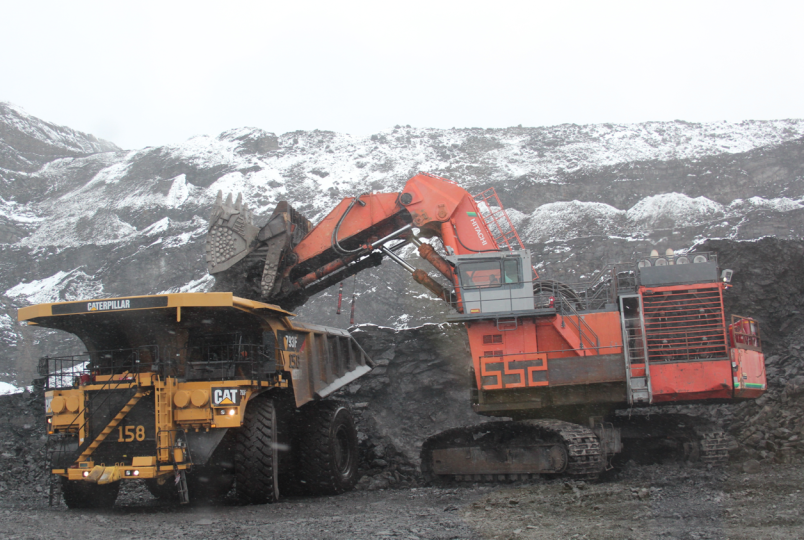A coal mine operator in British Columbia has been penalized $13,000 for repeatedly releasing fugitive dust emissions over provincial limits.
The violations at Conuma Resources Limited’s Brule Mine occurred 32 times over 18 months in 2023 and 2024, with discharges of total particulate matter ranging from five per cent to 375 per cent over the authorized limit.
In her Aug. 18 decision, director of the Environmental Management Act Stephanie Little pointed to conclusions by the U.S. Environmental Protection Agency (EPA) that found the dust emissions — which include fine particulate matter 2.5 microns or less in diameter — can pose immediate and long-term risks to human health.
A known air contaminant, the dust can potentially aggravate asthma, contribute to chronic bronchitis, and increase the risk of heart attacks and premature death in individuals with heart or lung disease, concluded the EPA.
“When inhaled, fine particulate can reach the deepest regions of the lungs,” added Little.
Brule Mine, located about 57 kilometres southwest of Chetwynd, is one of three sites Conuma operates in northwest B.C. to produce coal for the steelmaking industry. Little said the company employs about 900 people in the Peace River Regional District. But according to its website, Conuma completed mining the Brule site's permitted areas in late 2024 and will move the mine into “care and maintenance” in 2025.
In her decision, Little cited the repeated nature of the contraventions and a history of non-compliance.
Last year, Conuma was penalized more than $41,000 for failing to properly monitor mine waste flowing into a nearby fish-bearing tributary.
In the lead up to the latest penalty, Conuma had been issued nine administrative penalties and 24 inspection reports warning of violations in the decade leading up to the latest sanction.
The company was given an opportunity to dispute the penalty but did not respond.
Despite the previous violations, Conuma’s implementation of dust suppression measures — including re-vegetation, road maintenance, experimenting with dust-curbing chemicals, and water suppression systems — failed to keep fugitive dust emissions below provincial thresholds, inspectors with the Ministry of Environment and Parks found.
Of the 32 emissions violations, 19 exceeded air quality limits by more than 50 per cent.
Little classified the contraventions as “moderate” and found the company showed a “no to low level of deliberateness” in releasing the emissions.
She also found that while dust concentrations can pose a risk to human health, the impacts to the environment “are not well understood.”
“The lack of measurable impacts to the environment and human health best classifies the actual or potential adverse effects of these failures as low to none,” Little wrote.




